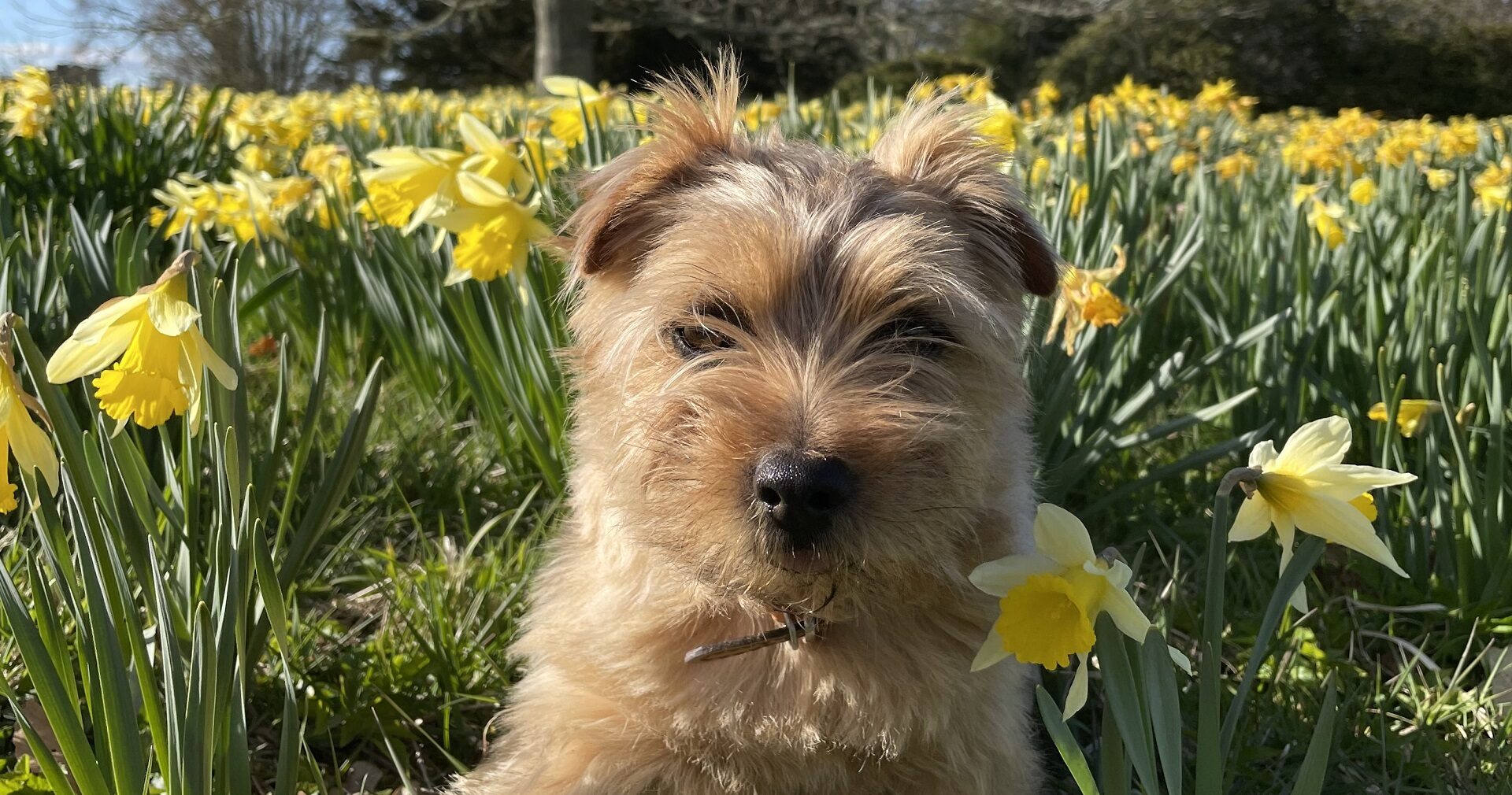Man’s Best Friend
We have all heard the phrase “a dog is man’s best friend’. But do you know where the expression came from? It was first used by King Frederick II of Prussia before his death in 1786. Frederick the Great was a patron of the arts and an advocate of the Enlightenment, as well as an accomplished military leader. But his love for his Italian Greyhounds is widely documented. It is he who said, “the only, absolute and best friend a man has, in this selfish world, the only one that will not betray or deny him, is his dog”. On his death, the animal-loving king requested that he be buried next to his beloved greyhounds at Sanssouci, his summer palace in Berlin.
But does this saying still hold true in today’s modern world? With so many distractions, preoccupations and means of escapism, is the humble dog still an integral contributor to the human condition? Most dog owners, if not all, would emphatically agree. If anything, they may argue that with the excesses of modern life, a dog is more our friend than ever. In a society where relationships are more complex, a dog is loyal, faithful and is always pleased to see you. In a society where wellbeing is daily tested by temptation and pressure, a dog can absorb stress, boost productivity, and encourage physical activity. In a world where personal safety can feel too easily compromised, a dog can help you to feel safe. A day spent with a dog is a day well spent, as they encourage us to be the best versions of ourselves and to live our best lives.
How the dog became a domesticated animal has been extensively researched and remains debated. The most popular theory is that early wolves, from which the modern dog has evolved from, grew closer in proximity to humans as both populations expanded. In so doing, over time, a symbiosis occurred between the two species, and a mutually beneficial relationship emerged.
The earliest dog breeds were largely functional, bred for hunting, tracking and safeguarding. It wasn’t until the 19th century that the role of the dog truly shifted from functional to companionable, and when it comes to devotion, there is no dog more remembered for constancy than Greyfriars Bobby.
The story of this little dog is imbedded in the hearts of Scots and stands as a testament to the unfailing bond between man and dog. John Gray arrived in Edinburgh in 1850 with his wife and son and enrolled as a nightwatchman within the Edinburgh City Police. How Bobby came into John Gray’s life is unknown, but shortly after Gray’s appointment, Bobby began to follow him on his nightly patrols through the city and continued to do so for the next eight years. In 1858, John Gray died of tuberculosis and was buried in Greyfriars Kirkyard. Bobby, the little Skye terrier, spent the next 14 years standing guard over his master’s grave, until he died in 1872. Although there are other versions of this story, and questions over Bobby’s exact breed, physical evidence of this heart- warming and extraordinary story can be seen in the Museum of Edinburgh, where Bobby’s collar, which was donated to the museum in 1867 by lord provost, Sir William Chambers, is on display.
There are dogs who have determined the course of Scottish history too, the most famous being Donnchadh, Robert the Bruce’s bloodhound. In 1306, the struggle for power between the English and Scottish monarchies was being fiercely contested. Edward I of England was seeking to overthrow Robert I of Scotland, who had been actively seeking Scottish independence. In an attempt to draw Robert in and silence him, Edward had captured Robert’s wife and dog. Believing that the dog would help to track the elusive and unyielding Scottish king down, Edward released Donnchadh, hoping the dog would lead him to Robert. And Donnchadh did indeed lead the soldiers to his master, only to ferociously turn on them, thus allowing Robert I to escape and rule Scotland for a further twenty years.
Canine loyalty to Scottish monarchs continued during the reign and imprisonment of Mary I. When Mary, Queen of Scots was exiled to France as a child of 5 years old in 1547, the foreign country that was to be her home was alien to her. Forced to learn a new language, Mary sought solace, confiding in her 22 lap dogs. After she was widowed at 18, she returned to Scotland in 1561, accompanied by her adored white terriers. During the 19 years Mary was imprisoned in various locations throughout England, her gaoler, Bess of Hardwick, wife of the 6th Earl of Shrewsbury, reported that the Scottish queen spent many hours talking to her dogs. It would be easy to assume that such faithful and dependable companionship would have helped the queen to keep her counsel during those turbulent and worrying years. But perhaps the most endearing yet heart-wrenching show of canine devotion came at the end of her life. She was executed at Fotheringhay on 7th February 1587. After the axe struck her neck for the second time, thus severing her head from her body, her body appeared to be moving. Discovered beneath her skirt was one of her Skye terriers, who was found blood-stained and shaking. The little dog could not be moved and refused food. It died shortly afterwards.
On the subject of dogs, the Mansfield family have many tails of their own to tell. Well, no blog about dogs would be complete without a pun or two! When the current Earl’s grandmother’s parents were posted to China, they bribed one of the dog keepers in the Forbidden City to ‘supply’ them with 8 Pekingese dogs. During this time, only the Emperor of China was allowed to own the breed, and he owned hordes of them, over 400 in fact. According to family legend, Sir Lancelot Carnegie, who was a diplomat in Beijing, and his wife Marion Barclay, arranged for one of the Emperor’s keepers to throw 8 Pekingese dogs over a preselected corner of the wall of the Forbidden City. The Carnegies charged one of their butlers with the task of catching each dog as it appeared over the wall. If this sounds horrific, be assured that no dogs were harmed during this Great Canine Escape! The dogs were much loved by the Carnegies, who exported them back to Europe where they were exceedingly rare. So much so, that their open-top carriage was often blocked from making progress as crowds built up around it, with everyone craning to see these strange, yapping wee fur-balls. If you have ever visited Scone Palace, you may have seen the bronze Pekingese dog by the fireplace in the Library. It is actually a sculpture of Maud, one of the 8th Earl’s Pekingese dogs and is inscribed Elizabeth Anne 1977. The 7th Earl and his wife Dorothea had a multitude of dogs, encompassing many breeds. But none inspired her more than her poodles. So enraptured was Dorothea by the breed that she decorated a washroom within the palace with poodle wallpaper, leading it to be called the ‘poodle-loo’!
Going further back still, Angus, a younger brother of the 5th and 6th Earl, so great, great uncle to the present Earl, was a lieutenant in the Royal Navy. He had a Jack Russell named General Nuisance who was adopted as a mascot by the sailors on board the ship and no doubt offered much comfort when the waters got a bit ruff!
Today, this love for dogs continues with the current members of the Mansfield family. The present Earl and Countess have a Norfolk Terrier called Cami, short for Camino, who is abundant with personality and is as loved as much by the staff as her family. She has recently had a litter and each puppy is paws-itively thriving!
So it is little surprise that every year the Mansfield family host Paws at the Palace, a day dedicated to all things dog. It’s the perfect opportunity to treat your four-legged friend to a day out. There are breed parades, agility classes, doggy games as well as an array of exhibitors and suppliers selling gifts and accessories for both dogs and dog-lovers. It’s an opportunity to celebrate Man’s Best Friend, the roles they have played in past and continue to play today, because as this blog has shown, dogs are more than a member of the animal kingdom, they are simply paw-some!
Other News
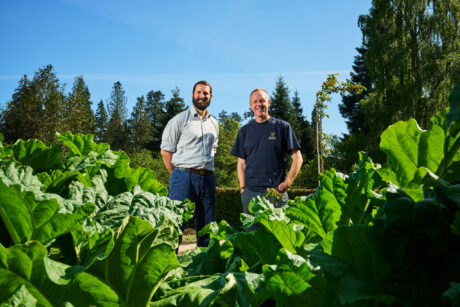
Garden Lovers Invited to Vote in UK First at Scone Palace Garden Fair
14th May 2025
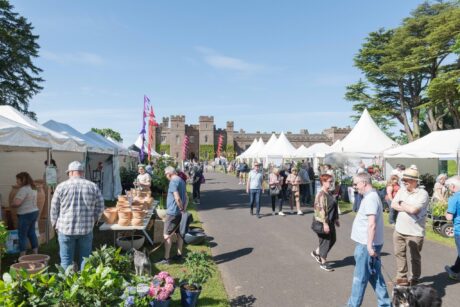
Top Five Must Do Activities at Scone Palace Garden Fair
13th May 2025
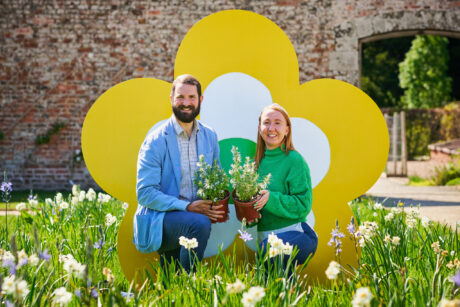
Dobbies Garden Centres Joins the Scone Palace Garden Fair
12th May 2025
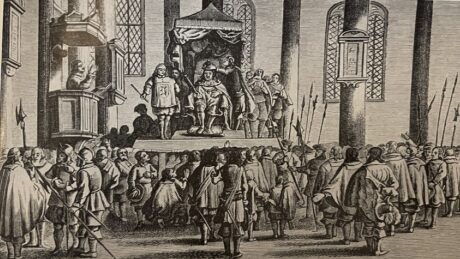
The Crowning Place of Scottish Kings
04th May 2023
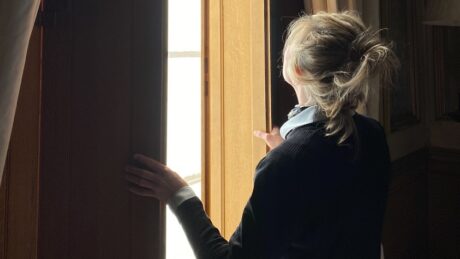
The Palace Awaits
29th March 2023

Snowdrop Festival
26th January 2023
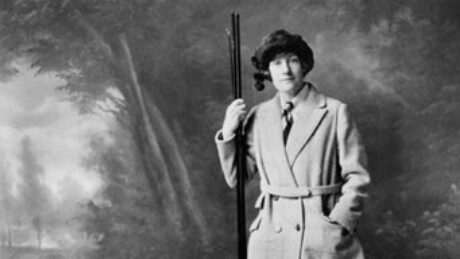
Georgina Ballantine’s Giant Catch
14th October 2022

British Cut Flowers Week & The Garden Fair
05th July 2022
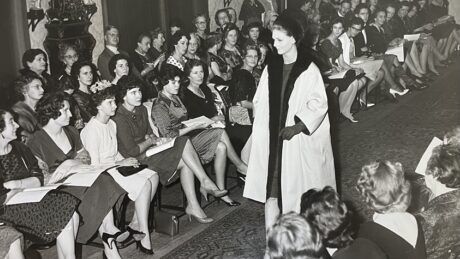
Scotland, Scone and Fashion
01st June 2022

The Celebration of Easter
19th April 2022
